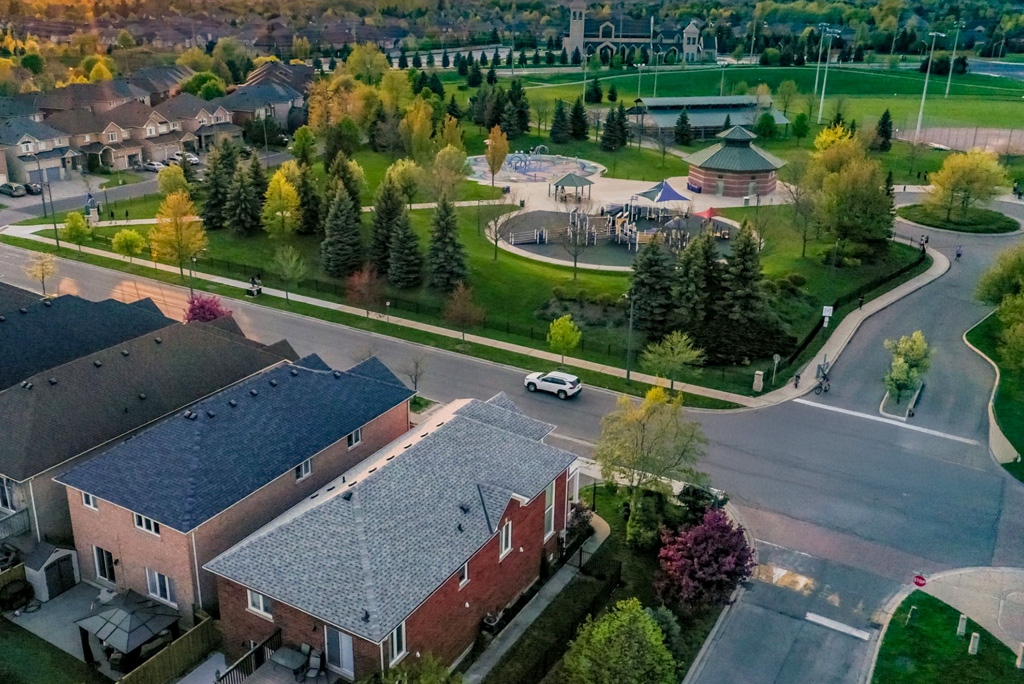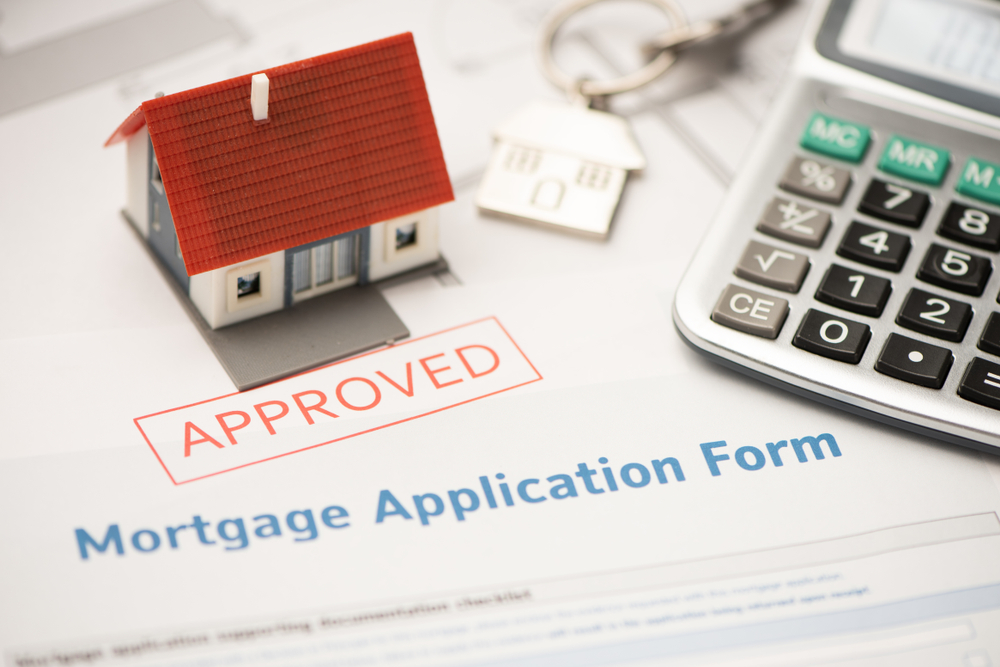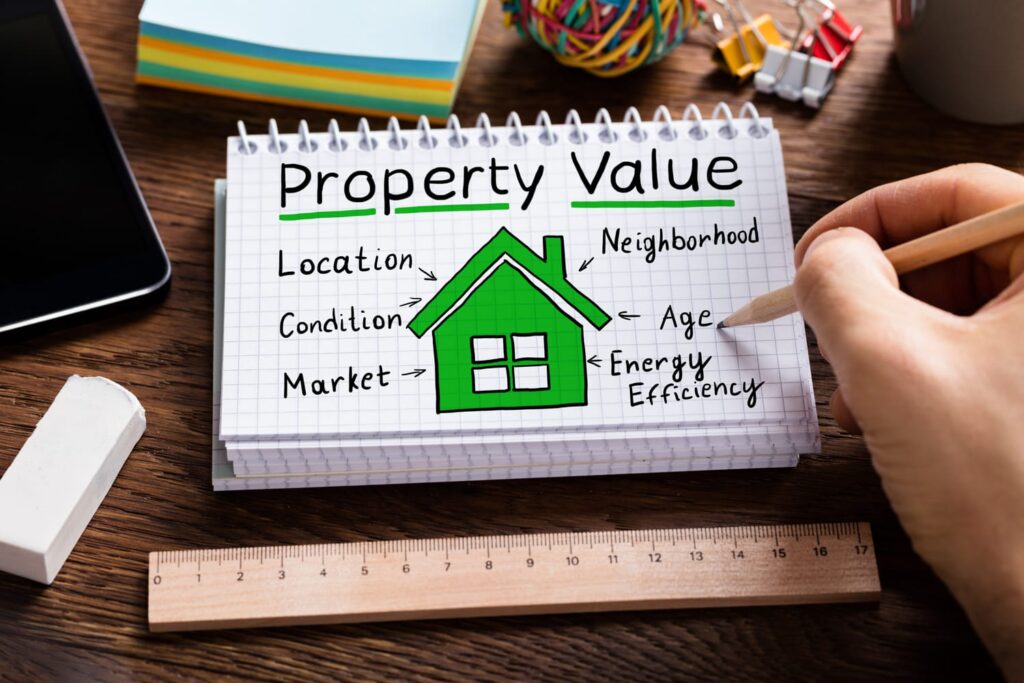When buyers evaluate a home, they often start with square footage, price, and curb appeal. But what truly defines a neighborhood’s long-term value is not just what’s just inside the house but it’s more about what’s around it. Local amenities like grocery stores, parks, public transit, and restaurants don’t just add convenience; they signal a neighborhood’s growth, livability, and investment potential.
Savvy buyers and investors pay close attention to these indicators; not for short-term perks, but for what they suggest about the community’s trajectory. A neighborhood with improving walkability, transit access, and service-based infrastructure often experiences stronger appreciation and broader appeal over time.
This article explores how the presence and evolution of local amenities helps forecast a neighborhood’s value well beyond listing prices and property features.
Walkability: A Lifestyle and Value Indicator
Walkability has moved from a ‘nice-to-have’ to a driving force behind home searches. Areas where residents can walk to schools, shops, parks, or cafés tend to attract more interest, especially from younger buyers, downsizers, and those seeking a more connected lifestyle.
From a valuation perspective, walkable neighborhoods benefit in several ways:
- Higher buyer demand: Homes with high walk scores often spend less time on the market.
- Steady appreciation: Walkability reflects urban planning investment which is often tied to broader community improvements.
- Resilience during downturns: In slower markets, homes in amenity-rich, walkable areas tend to retain value better than those in more car-dependent zones.
Neighborhoods designed around pedestrians rather than cars often promote stronger social connections, a sense of safety, and more consistent upkeep—all of which factor into perceived and actual value.
Transportation Access: A Long-Term Asset
While walkability matters within a neighborhood, connectivity to the broader city or region is just as important. Proximity to major transit lines, bus routes, bike paths, and commuter rail options can significantly influence a home’s market value, especially in metro areas.
Here is why it matters:
- Commute time is currency: A shorter, more reliable commute is a premium feature.
- Future-proofing: Homes near established or planned transit lines often see a rise in value as infrastructure develops.
- Appeal across buyer groups: From professionals to retirees, transit access appeals to a wide demographic, strengthening resale potential.
In many cities, even being within walking distance to a single major bus line or train stop can set a home apart. And as cities continue to focus on sustainable development, homes near public transit often become more desirable year over year.
The Evolution of Local Amenities: Signals of Growth
It’s not just about what a neighborhood offers today but it’s about the direction it’s heading. In an evolving area, upcoming grocery stores, co-working spaces, schools, medical facilities, and recreational amenities often signal ongoing reinvestment and rising demand. These additions enhance daily life for current residents and attract new ones, helping to drive long-term appreciation.
Signs that a neighborhood may be gaining long-term value include:
- New construction or adaptive reuse of buildings
- Improved public spaces, like parks or libraries
- Increased presence of locally owned businesses and restaurants
- Infrastructure upgrades, such as better lighting, sidewalks, and bike lanes
These shifts don’t just reflect cosmetic upgrades, but they signal economic momentum, which tends to precede rising property values.
What to Watch For and What to Ask
While amenities often indicate value growth, not all developments deliver lasting impact. Buyers should pay attention to quality over quantity. A new coffee shop or boutique is nice—but it’s sustained infrastructure and diverse services that typically fuel appreciation.
Questions to ask when evaluating a neighborhood’s amenities:
- Are businesses thriving or constantly turning over?
- Is public investment visible and ongoing?
- Do residents seem invested in the area’s future (i.e., community boards, improvement projects)?
- Are upcoming changes aligned with long-term demand (e.g., schools, healthcare access, transit)?
In some cases, flashy development can signal speculation more than sustainable growth. So, it’s worth distinguishing between meaningful additions and surface-level attractions.
Conclusion
Local amenities offer more than everyday convenience; they reflect the overall health, connectivity, and momentum of a neighborhood. From walkable streets to expanding transit lines and community-driven growth, these features shape not just how people live, but how a property appreciates over time.
For buyers, understanding how amenities signal value can lead to smarter, future-proof investments. And for sellers, highlighting those nearby assets can create a stronger narrative around your home’s place in a thriving, evolving community.
When you look beyond the front door and pay attention to what’s happening in the surrounding blocks, you gain a much clearer picture of where a neighborhood and your investment is heading towards.


